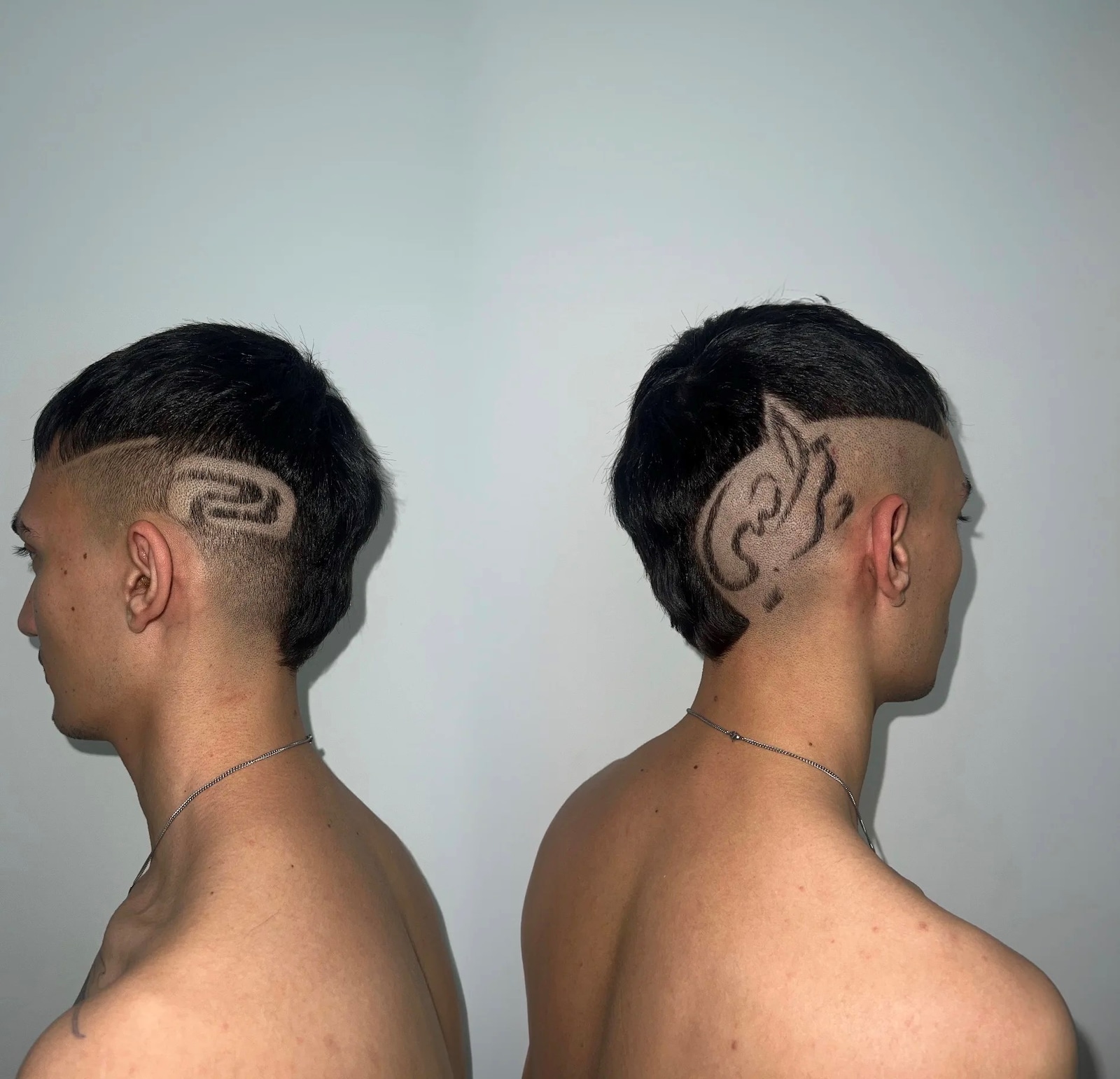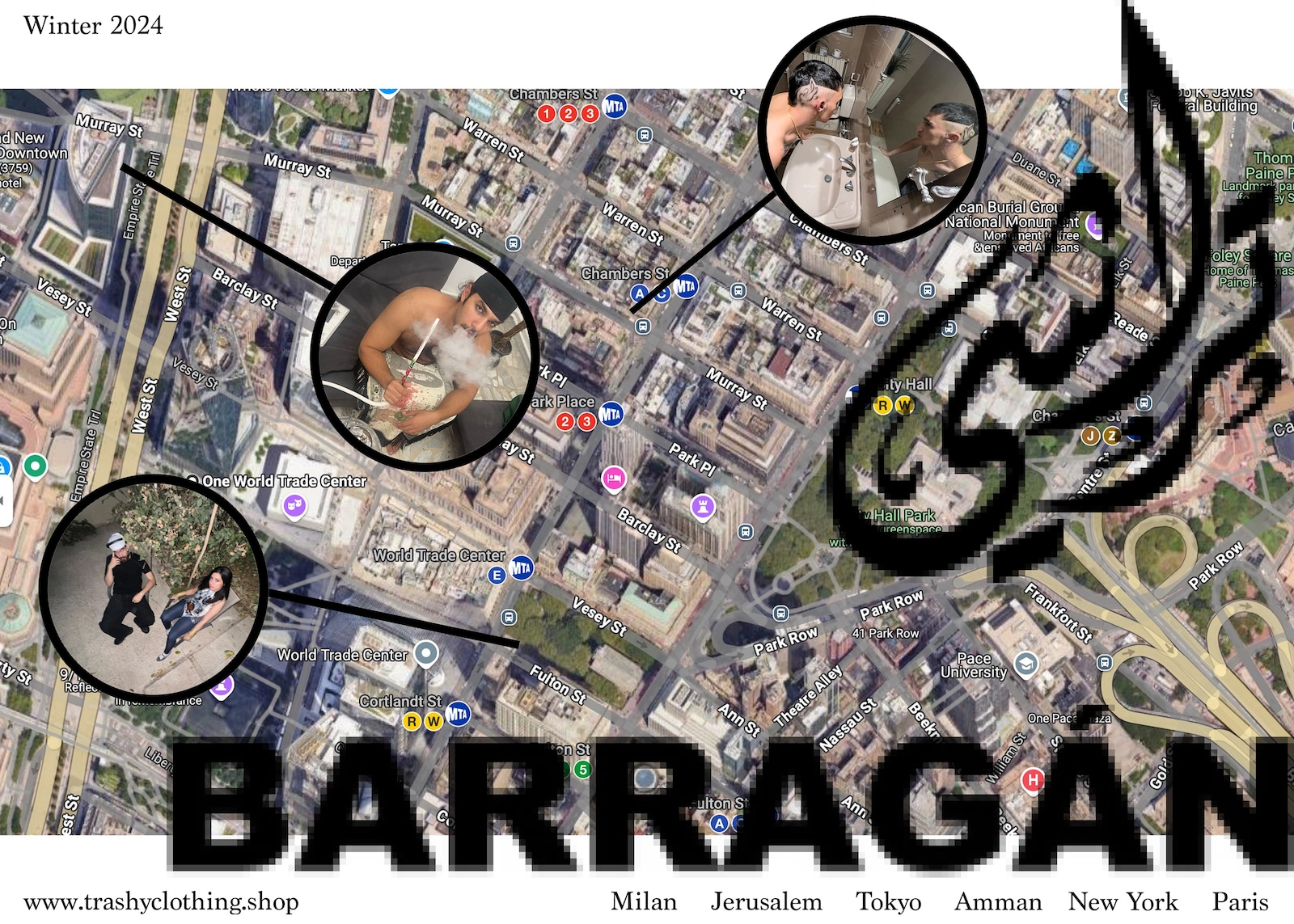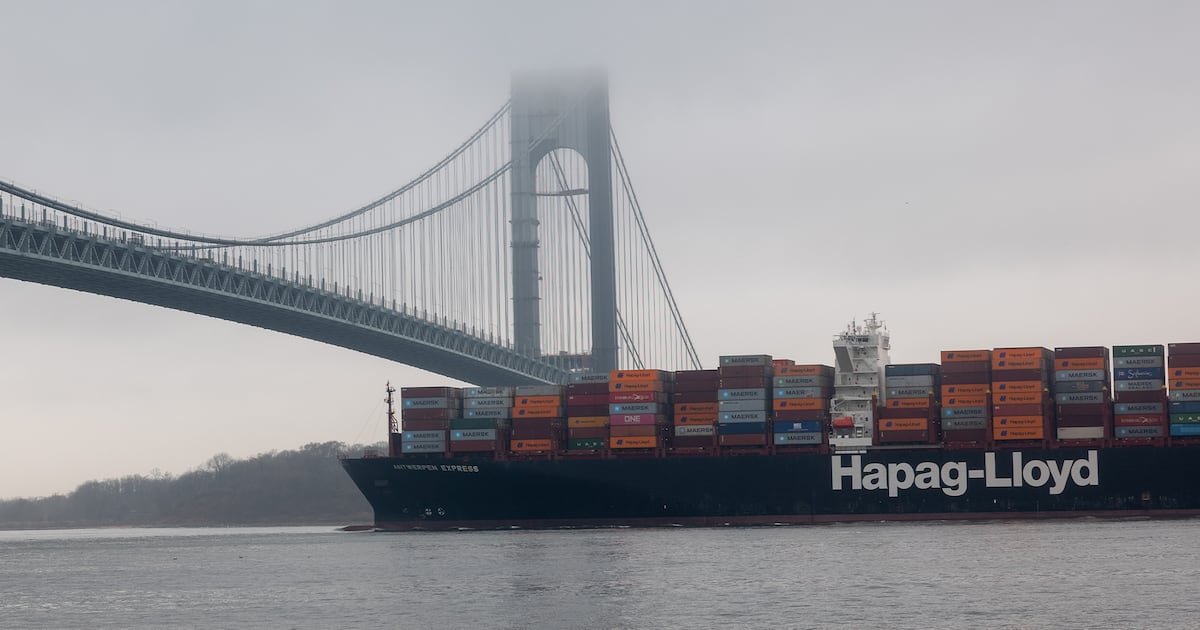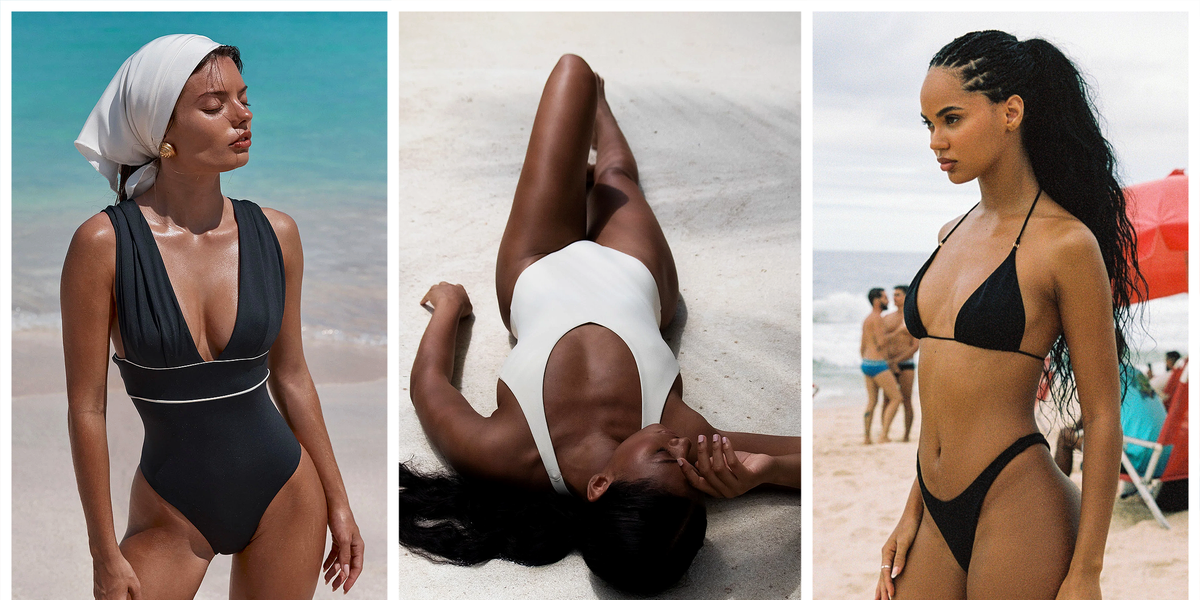Barragán x Trashy Clothing22 Images
This article was originally published on Dazed MENA
In a bold and unfiltered chat, Palestinian label Trashy Clothing co-founders Shukri Lawrence and Omar Braika join forces with Mexican visionary designer Victor Barragán to explore what it means to serve – not just looks, but their communities, too. United by their unapologetic aesthetics and deep ties to Arab and Latinx communities, the trio dives into how fashion becomes a form of coded language, cultural expression, and radical care. From Barragán’s decision to opt out of New York Fashion Week after SS23 to Trashy Clothing’s reluctance to call its work resistance, the following exchange unpacks the politics of presence, absence, and refusal in fashion.
So much of both brands is rooted in subtle satire and comedy. How do you guys constantly communicate camp through these subtle nods that the community understands? What is your design process?
Shukri Lawrence: After being around so much absurdity and contradiction – just being gaslit on the daily – this ridiculousness sometimes becomes your natural language through design and self-expression. We highlight the contradiction of the ridiculousness of it all. This is where our visual language comes from – our backstory, why we choose satire, and this kitsch language with our visuals and design.
Victor Barragán: In Mexican culture and television, humour is a way to get through and introduce a way to talk about really hard subjects. It’s a very specific sense of humour that’s common across the country. For me, it’s about inviting people into the sarcasm. When you bring up a heavy topic but frame it with irony or comedy, it allows people to feel more at ease and open to engaging with it. I really love that. I don’t want it to feel like we’re lecturing anyone. The way we address complex topics, through humour and subtle commentary, is how we connect with people. It creates space for discussion without putting people on the defensive.
When Barragán first started, it wasn’t meant to be a fashion brand at all. It was pure performance through clothing… the industry forced us to commercialise – Victor Barragán
Shukri Lawrence: Yeah, humour is a good mask for what we’re trying to say, I guess.
Victor Barragán: Yeah. Comedy is intelligent, it needs to be high-brow. It’s really about juggling the people who want to interact versus those who want to react. For us, it’s fun to see people’s reactions and who’s interacting with it on an intelligent level.
While keeping things satirical and artistic, do you guys consider the wearability of a design? Is that a priority for you, or would you rather create pieces that exist as their own entities, wearable or not?
Shukri Lawrence: With each design or collection, it depends on what the piece is trying to say, so that it navigates if it’s a ready-to-wear or a show piece. We’re trying to document a story through our work, so it’s a natural flow, and we go where the design takes us.
Victor Barragán: When Barragán first started, it wasn’t meant to be a fashion brand at all. It was pure performance through clothing, and the more artistic pieces were the best pieces, of course. But eventually, Barragán grew up, and the industry forced us to commercialise. That kind of became the battle – trying to create something artistic and beautiful, but still wearable. When we’re pushed to commercialise, that’s when it kind of stops being so special, and we have less fun with it. But this is how we translate that sense of humour and stay rooted in our messaging. I still use niche references that a bigger brand wouldn’t get. Staying small means we can continue to do all these things. If we get too big, the powers that be can dilute our messaging. I want to retain the artistic side of things.
Shukri Lawrence: Also, being commercial means that we have to tone down for the industry or refine something – a brand, a story – for the industry. We like to call ourselves a Trojan Horse brand, so we try to refine the outside, while the inside has a lot of layers of messages that we try to push somewhere we’re not welcome.

Victor Barragán: Yes, exactly. For me, it’s so funny seeing people born outside of Mexico seeing our references that are very Mexican. It’s pure Mexican pop culture, and only Mexicans would understand it. And they would see the difference between the reactions. It’s almost like a double message. Different things translate differently to people in different communities.
Shukri Lawrence: Yeah, Omar and I were talking about this earlier today. It’s the perfect example of, ‘If you know, you know.’ For example, Maryooma is this hijabi with a very big bun. We were talking about how we created this character and put her in our pieces. She’s really funny, but not everyone gets it. In a way, it’s that different eyes see different ways. But in the end, we know that our people know what the reference is.
Omar Braika: It’s become like a real person in our community. People thought this persona was real – she owns a salon or something, and people love her. A lot of pages keep sharing the video of her on Instagram, so Maryooma is the character who’s adapting to everywhere she goes.
Like so many fashion brands, balancing commercial pressures is common for most creatives. Keeping this in mind, how do you maintain your artistic vision while trying to keep a brand afloat? Who are you designing for when you’re finding this balance?
Shukri Lawrence: We try to design different characters for each collection, I think. We start with these big, complicated concepts and work our way down to smaller and smaller nods, with a character in mind. The silhouette of our ‘Identity’ hood is made to look like a hoodie, but also has fur in it, playing around with this persona who’s bourgeois, but also not because it’s a hoodie? It’s different characters trying to say the same thing – playing with the narrative helps us sharpen the vision.
We haven’t shown in New York since 2023 and, honestly, it’s because it became really hard to keep up – Victor Barragán
Victor Barragán: We haven’t shown in New York since 2023 and, honestly, it’s because it became really hard to keep up. I made the decision to just do things on my own terms. That shift, choosing not to stress or compromise, let me work at my own pace, and some people connected with that sense of freedom. Even though we’re niche and small, the challenge is always to keep the business global. But after those changes, more companies wanted to collaborate with us, they saw the authenticity in what we were doing. It has led to partnerships that have kept us in the mix while still staying true to our vision.
A lot of what we design never gets produced, and I actually like that. It feels more like art. We’ve started showing work in galleries, and people increasingly view the pieces as art objects, like crowns made from brass or found materials. That kind of work doesn’t feel like traditional fashion anymore, but still reflects the brand’s core ideas. So, now, we’re operating on multiple levels, blending fashion and art, along with offering design and consulting services. That’s how the brand stays alive without having to compromise. We’re able to keep the message clean and the vision intact.
I remember your last collection in New York so, so well because I was floored by it.I thought it was incredible. I thought it was so punk. It was such a, like, fuck you to the entire system.
Victor Barragán: Oh yeah, it was a drama [laughs]. I was really angry with the world at that moment.
But I wanted to ask what you were feeling at the time. Were you genuinely just putting so much of your anger into that collection? It came across as so poignant. Do you feel it effectively communicated what you were feeling?
Victor Barragán: Yeah, it was a really intense time in my life. I reached a point where I felt I couldn’t keep working in this part of the fashion world in the same way. It just wasn’t good for my mental health, so I said what I needed to say and made the decision: the next show would be in Mexico, and it would take place in an airport. We’ve been pushing the boundaries more in terms of how we present things.
Things have evolved since then. We’re heading back to New York this coming spring for a collaboration with another brand. But honestly, it’s now hard for me to create a full collection under just Barragán. It’s a lot – too much, really. I don’t think I can do that again any time soon. But I do still enjoy making statements with what we create. If I do a collection again, I want it to be done properly.
Omar and Shukri, why do you guys label Trashy Clothing as an anti-luxury luxury brand? Is it the same kind of anti-establishment sentiment, but also a commentary on the increasingly ambiguous or jaded divide between what’s considered ‘luxury’ and ‘anti-luxury luxury’? What is the luxury in anti-luxury luxury?
Shukri Lawrence: We play a lot with contradictions. The idea of an anti-luxury luxury brand is a contradiction by itself. At our core, we play with language and our lived experiences. There’s just so much contradiction that surrounds us, so we put it into the brand. But we’re also trying to, as you said, fuck the industry and start a new one. Start from zero with our own standards. Our concept speaks for itself on the surface, but when you look deeper into the brand’s messaging and visuals, you start to see the world that we’re trying to build through fashion. Storytelling is at the heart of what we do. Our experiences and messages are always expressed with a sense of humour. It comes through in the designs, the campaigns, and the way we present everything. It’s how we communicate and create meaning.
I don’t even think we need to label anything as political; it is political by default. It’s embedded in the work, whether we call it that or not – Shukri Lawrence
There have been various designers who have come out and said that fashion isn’t political, that we should separate fashion from politics, with one surviving without the other. How do you guys feel about these sentiments?
Shukri Lawrence: I think everything is political – the air you breathe is political, a settler sleeping in a stolen house is political. What we do is fashion. At the end of the day, it’s fashion. We’re using the language of fashion to convey our message. It’s the medium we use to express ourselves and build the world we imagine through clothing. I don’t even think we need to label anything as political; it is political by default. It’s embedded in the work, whether we call it that or not.
Victor Barragán: I agree. Fashion, to me, always reflects what’s happening in the world at any given moment. When I was younger, I looked at fashion not only in terms of clothing, but also as a way of understanding different places and what was going on there. Right now, just existing feels political – who you are, how you move through the world, it all makes a statement. So, whether it’s what you design, where you’re from, or where you produce your work, all of that adds context. That’s how people interpret your work.
Omar Braika: I was even thinking about trousers – like why do we wear them, and not something else? When you dig into it, you realise they originated from very specific contexts, like religion and war. They were designed for functionality; soldiers needed to ride horses, so they needed something practical to wear. That in itself is political. We can’t escape it.

Victor Barragán: Yeah, it’s a playful thing to explore. For example, I’m from Mexico City and I moved to the States. The relationship between Mexico and the US is really close, but also kind of toxic. I’ve always been aware of how American culture tends to view Mexican culture, often as something humorous or exotic, almost like a joke. That’s why I’m not really drawn to traditional elements when they’re presented in a way that feels like a souvenir. Americans turn our traditions into souvenirs, and my work often comments on that. I use different perspectives of Mexico, but when I incorporate really traditional elements and place them in a US context, they take on a different meaning. I had a different kind of connotation. Do you guys have that when you’re in the west?
Shukri Lawrence: Yeah, definitely. There’s always this relationship around how we’re perceived, and we definitely play with that. A lot of our work uses that perception as material. Many of our characters are based on villain archetypes, and we use that narrative in our designs. In a way, it’s like we reflect the gaze that’s placed upon us – we highlight the assumptions or projections people have about us, and play with it. We sometimes even step into their mindset, just to flip it and put it back out there as a design or story.
Do you feel as though your work can serve as activism? I ask this because the current political climate is scary, and fascism is becoming less subtle. We’re seeing designers like Conner Ives making those ‘Protect the Dolls’ T-shirts, and people seem to really resonate with wearing these messages as a form of activism. But do you see it that way? And do you think it’s enough?
Shukri Lawrence: I’ve always seen what we do as a form of documentation. People sometimes ask if it’s a kind of resistance, but I don’t really see it that way. For me, it’s more about documenting what’s around us, observing and reflecting on the world we live in. Personally, I feel that real activism or resistance happens on the ground. It has more impact in direct action than in fashion. That’s just my view. I don’t believe my words or work will change politics in the way someone like a gun might, for example, so what we do is more about highlighting what’s happening around us. We use fashion as a medium to do that, to show what’s going on rather than claim we’re changing it.
It can feel disingenuous when fashion starts to pose as activism, like an effort to sanitise and commercialise messages under the guise of being ‘woke’ – Victor Barragán
Omar Braika: Kind of like political cartoonist Naji al-Ali, we’re just trying to remind people that it’s happening to disturb them, to disturb the narrative.
Victor Barragán: It is a hard, hard, hard question, but I definitely agree. Like, for example, have you guys been to the States or lived here at all?
Shukri Lawrence: No, I haven’t been. After our collab, I don’t think so [laughs].
Victor Barragán: That’s why I think the most honest way to approach things is simply talk about what we see, to reflect our reality as it is. I’ve always believed that real activism should happen on the ground, with the right people leading it. Fashion isn’t activism, it’s fashion. It’s a point of view, a small world where we all have opinions. But the actual world? That’s something very different. Like, just fucking do it. Within the fashion space, everyone seems very aware, but in the broader reality, things are far more difficult. That’s why it can feel disingenuous when fashion starts to pose as activism, like an effort to sanitise and commercialise messages under the guise of being ‘woke’. It’s really corporate American to cleanse everything, to have everything look perfect and happy.
The challenge is staying honest, actually communicating something that reflects what’s really happening. Fashion does respond to what’s going on in the world, but I constantly question whether what I’m doing is meaningful or just part of the cycle. That’s where politics creeps in, and the lines blur. The tension here in the US is heavy, it’s always a fight. I’m not sure how it is in Europe or the Middle East, but here, even positive messages start to feel questionable. You begin asking where they’re coming from, and it can all start to feel more like PR or marketing than anything real.


